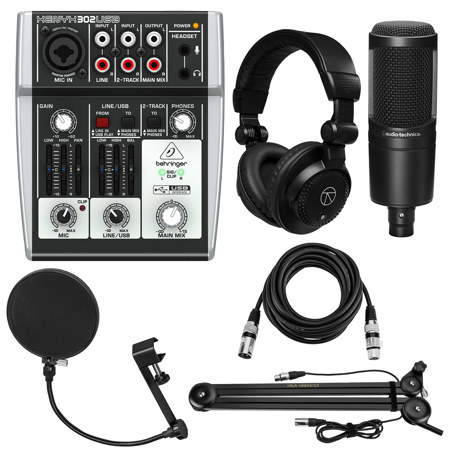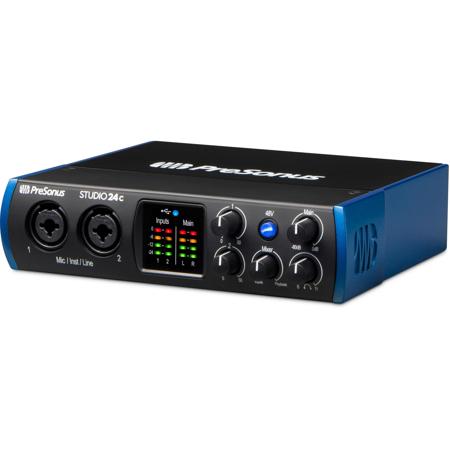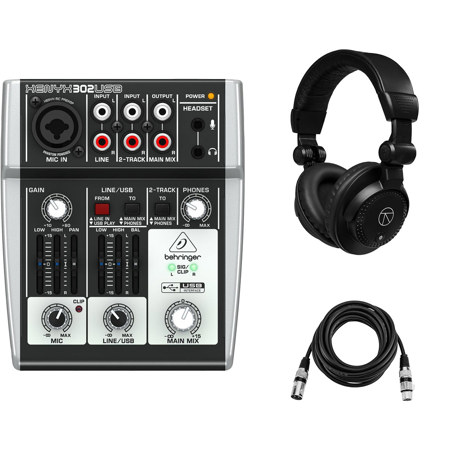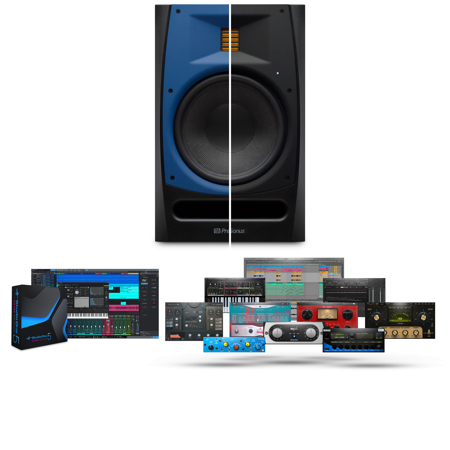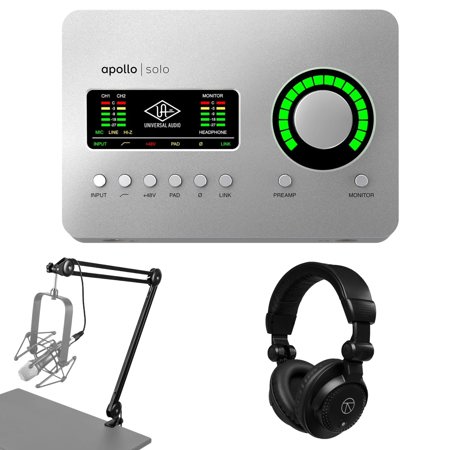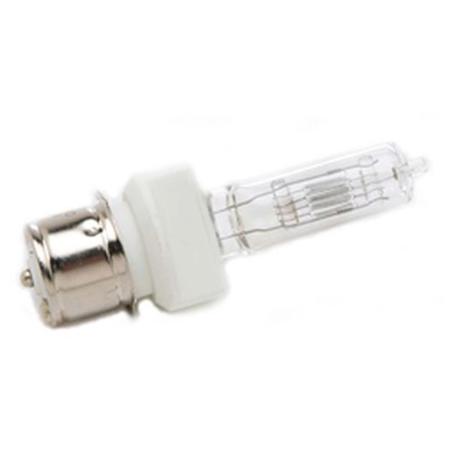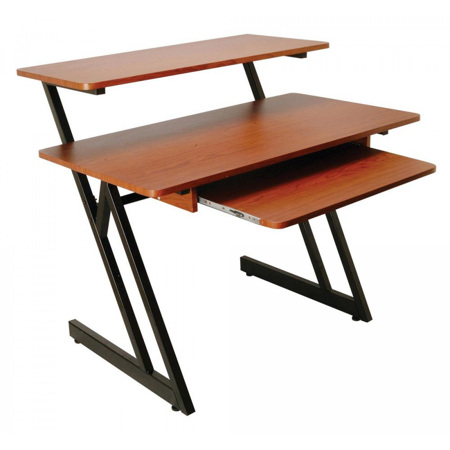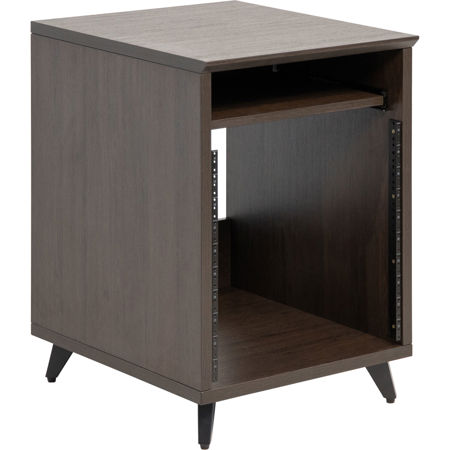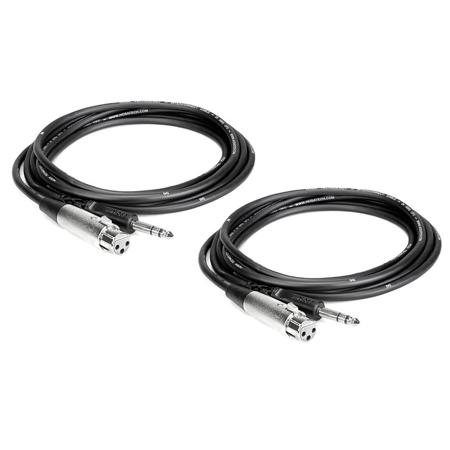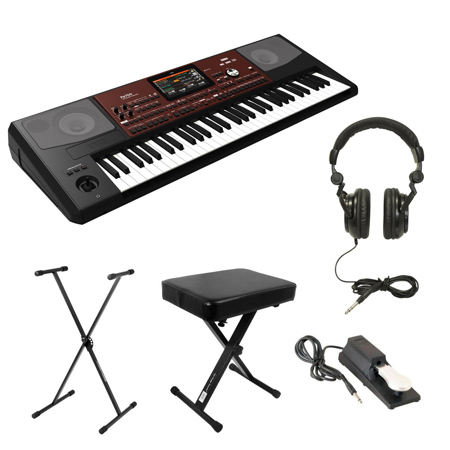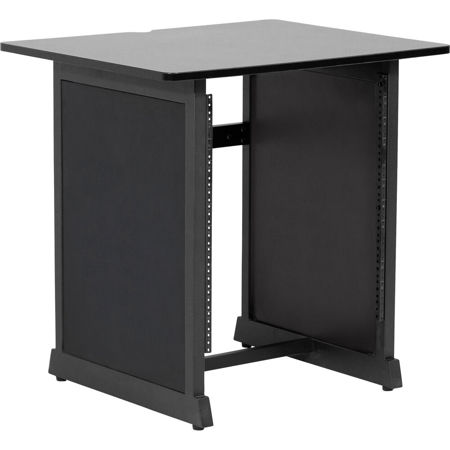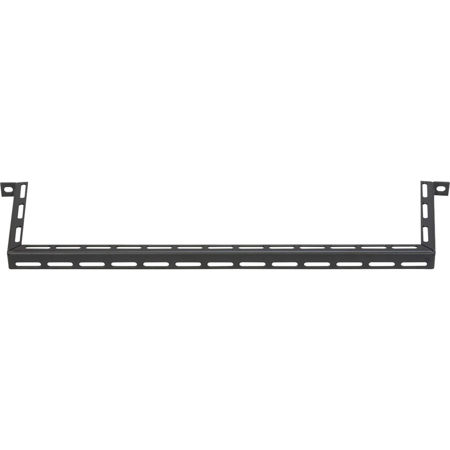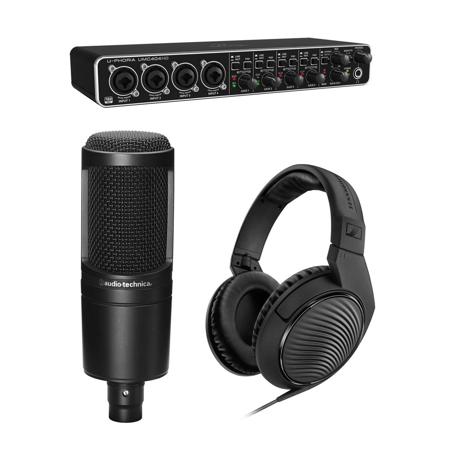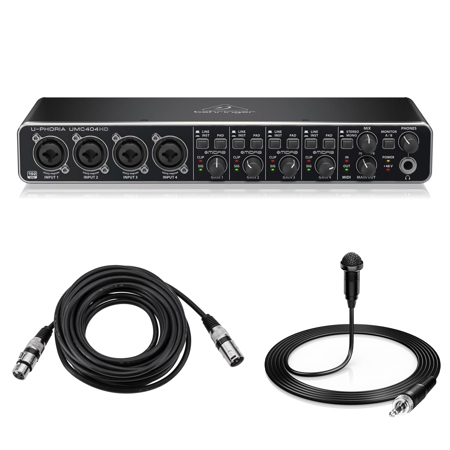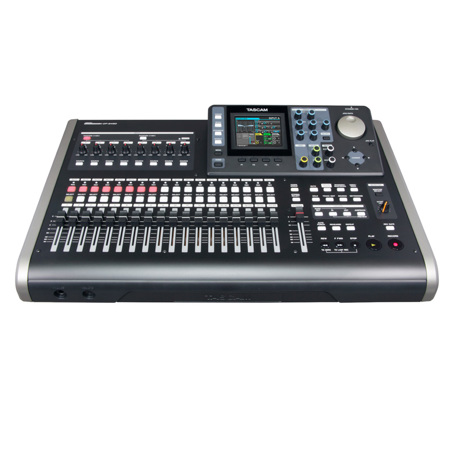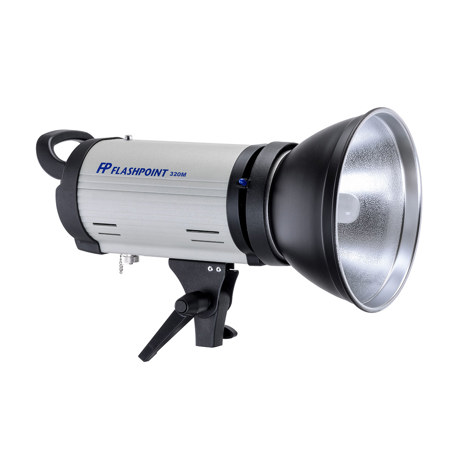Home Studio Essentials
Creating a home studio is a rewarding journey for musicians, podcasters, voiceover artists, producers, and anyone passionate about capturing or creating high-quality audio from the comfort of their own space. Whether you’re designing a cozy corner for songwriting or transforming a spare room into a full-fledged production suite, selecting the right studio essentials is the first step in building a creative environment that inspires and elevates your work. As the fall season sets in and routines shift indoors, it’s the perfect time to invest in tools that will help you translate your ideas into reality. The foundation of any home studio starts with a reliable computer equipped with ample RAM and storage—this will be your central hub for running your digital audio workstation (DAW), managing sessions, and storing large audio files. Pairing your computer with an intuitive DAW opens up a world of possibilities for recording, editing, mixing, and mastering music or spoken word projects. For those just starting out, it’s important to consider not only the compatibility of your software with your operating system but also the workflow and features that best match your creative needs.
Equally vital are the components that bridge the gap between your instruments, voice, and computer. An audio interface serves as the gateway for converting analog signals—like vocals or guitar—into digital data your computer can process. The choice of interface depends on the number of inputs and outputs you require, as well as the types of connections your gear demands. For capturing sound, microphones are a cornerstone of any studio setup. Dynamic microphones are robust and ideal for loud sources or untreated rooms, while condenser microphones excel at capturing the nuance of vocals and acoustic instruments, making them a favorite for both music and podcast production. A sturdy mic stand and a pop filter are small investments that deliver big returns by ensuring clear, professional results and reducing unwanted plosive sounds. Monitoring your recordings accurately is essential, so investing in a pair of closed-back headphones for tracking and a set of studio monitors for mixing will allow you to hear your work as it truly sounds. Don’t overlook quality cables and thoughtful cable management—using reliable XLR or TRS cables and keeping them organized with ties or Velcro strips will save you time and prevent frustrating technical issues mid-session.
As you refine your space, consider the impact of your environment on your sound. Acoustic treatment, like foam panels or bass traps, can transform a room with harsh reflections into a balanced, controlled listening area, making a noticeable difference in your recordings and mixes. For those composing digitally, a MIDI controller or keyboard is a versatile addition, letting you play virtual instruments, trigger samples, and experiment with arrangements directly within your DAW. These tools are not only practical for experienced musicians but also make thoughtful gifts for students, hobbyists, or anyone embarking on a creative journey this season. As you grow and your needs evolve, you may find yourself exploring advanced gear or ergonomic upgrades to further enhance your workflow. For inspiration and guidance on expanding your setup, take a look at our curated list of Home Studio Upgrades. With the right studio essentials in place, your home studio will become a welcoming space where creativity flourishes, projects come to life, and every session feels like an opportunity to achieve your best sound.
Equally vital are the components that bridge the gap between your instruments, voice, and computer. An audio interface serves as the gateway for converting analog signals—like vocals or guitar—into digital data your computer can process. The choice of interface depends on the number of inputs and outputs you require, as well as the types of connections your gear demands. For capturing sound, microphones are a cornerstone of any studio setup. Dynamic microphones are robust and ideal for loud sources or untreated rooms, while condenser microphones excel at capturing the nuance of vocals and acoustic instruments, making them a favorite for both music and podcast production. A sturdy mic stand and a pop filter are small investments that deliver big returns by ensuring clear, professional results and reducing unwanted plosive sounds. Monitoring your recordings accurately is essential, so investing in a pair of closed-back headphones for tracking and a set of studio monitors for mixing will allow you to hear your work as it truly sounds. Don’t overlook quality cables and thoughtful cable management—using reliable XLR or TRS cables and keeping them organized with ties or Velcro strips will save you time and prevent frustrating technical issues mid-session.
As you refine your space, consider the impact of your environment on your sound. Acoustic treatment, like foam panels or bass traps, can transform a room with harsh reflections into a balanced, controlled listening area, making a noticeable difference in your recordings and mixes. For those composing digitally, a MIDI controller or keyboard is a versatile addition, letting you play virtual instruments, trigger samples, and experiment with arrangements directly within your DAW. These tools are not only practical for experienced musicians but also make thoughtful gifts for students, hobbyists, or anyone embarking on a creative journey this season. As you grow and your needs evolve, you may find yourself exploring advanced gear or ergonomic upgrades to further enhance your workflow. For inspiration and guidance on expanding your setup, take a look at our curated list of Home Studio Upgrades. With the right studio essentials in place, your home studio will become a welcoming space where creativity flourishes, projects come to life, and every session feels like an opportunity to achieve your best sound.





